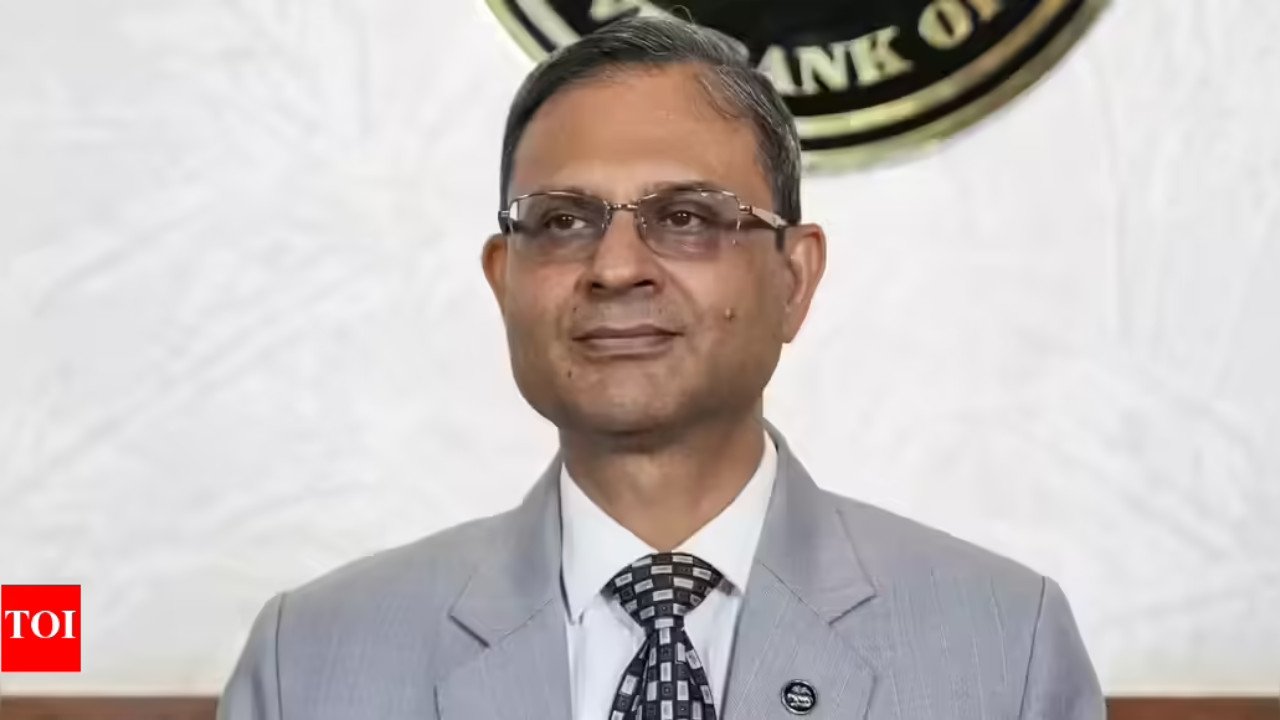Reserve Bank of India’s Governor Sanjay Malhotra highlighted the Indian economy’s strength and stability at the recent MPC meeting, advocating for vigilance regarding evolving US tariffs. The MPC voted to maintain the short-term lending rate at 5.5%. Members favored a data-driven, neutral stance, acknowledging resilient growth alongside concerns about global risks and uneven industrial performance.
India’s Economy: Navigating Choppy Waters with Steady Hands
The economic currents are swirling, both globally and here in India. Recent pronouncements from the Reserve Bank of India (RBI) following the Monetary Policy Committee (MPC) meeting paint a picture of cautious optimism. The Indian economy, it seems, is displaying surprising resilience, a steady ship in a somewhat turbulent sea. But are we truly out of the woods?
Signs of Strength, Seeds of Doubt
The RBI’s assessment highlights several encouraging factors. Economic activity has shown commendable strength, supported by robust domestic demand. This is good news, of course. A nation consuming and investing is a nation growing. The financial sector also appears stable, providing a solid foundation for future expansion. The MPC decided to keep the repo rate unchanged at 6.5%, a move aimed at supporting growth while keeping a watchful eye on inflation. This pause offers businesses a degree of certainty, allowing them to plan and invest with a clearer outlook on borrowing costs.
However, lurking beneath this surface of stability are significant headwinds. Global uncertainty, particularly concerning trade and tariff policies, casts a long shadow. These uncertainties can disrupt supply chains, dampen investment sentiment, and ultimately impact India’s export performance. It’s like trying to sail a boat when you’re not quite sure which way the wind will blow next.
Inflation: The Ever-Present Threat
Inflation remains a primary concern. While the RBI has been successful in bringing inflation down from its peak, the fight is far from over. Various factors, including unpredictable monsoon patterns and geopolitical tensions affecting commodity prices, pose an ongoing risk. Food inflation, in particular, is a sensitive issue, impacting household budgets and potentially fueling broader inflationary pressures.
The RBI is adopting a proactive stance, closely monitoring inflation and prepared to take necessary action should the situation warrant it. This vigilance is crucial to maintaining price stability and ensuring that the benefits of economic growth are not eroded by rising costs. Think of it as constantly adjusting the sails to keep the ship on course despite the changing winds.

Navigating Tariff Uncertainty and Global Headwinds
The global trade landscape is becoming increasingly complex. The rise of protectionist measures and trade disputes between major economies creates significant uncertainty for countries like India, which are heavily reliant on international trade. This situation requires careful navigation, seeking out new markets, and strengthening domestic industries to reduce dependence on external demand. The government’s focus on infrastructure development and manufacturing through initiatives like “Make in India” is a step in the right direction, aiming to build a more resilient and self-reliant economy.
Furthermore, proactive diplomacy is vital. Engaging in dialogue with trading partners, advocating for fair trade practices, and exploring regional trade agreements can help mitigate the negative impact of global trade tensions. It’s about diversifying our portfolio, not putting all our eggs in one basket.
Looking Ahead: A Balancing Act
The path ahead for the Indian economy requires a delicate balancing act. Sustaining growth momentum while keeping inflation under control is a challenging task, especially in the face of global uncertainty. The RBI’s monetary policy decisions will play a crucial role in striking this balance. Fiscal policies that promote investment, boost productivity, and create jobs are equally important. See how government policies are impacting various sectors.
Ultimately, the success of India’s economic journey hinges on a coordinated effort by policymakers, businesses, and citizens. Staying informed, adapting to changing circumstances, and embracing innovation are essential for navigating the challenges and unlocking the full potential of the Indian economy. The key to steering India’s economic outlook toward prosperity lies in resilience, adaptability, and a steadfast commitment to sustainable growth.
Conclusion: A Call for Prudence and Optimism
While challenges remain, the underlying strength and stability of the Indian economy provide grounds for optimism. By remaining vigilant about inflation, proactively addressing global uncertainties, and pursuing sound economic policies, India can weather the current storms and emerge stronger and more prosperous than ever before. The journey may not be easy, but with steady hands at the helm, India’s economic ship can navigate these choppy waters and chart a course towards a brighter future.







